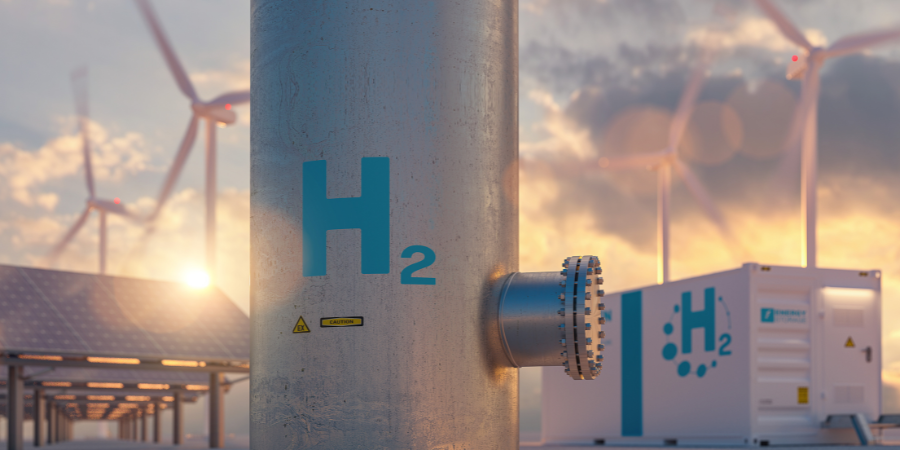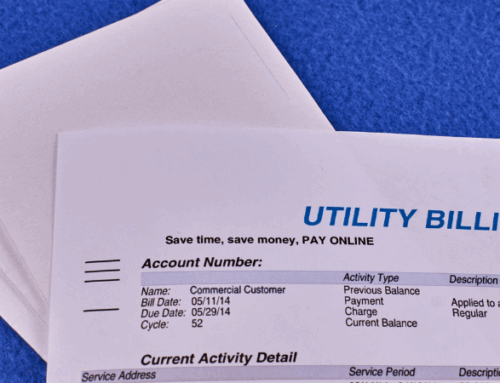Power-to-Gas (PtG) is emerging as a crucial technology in the energy transition to a sustainable energy future. By converting excess renewable energy into hydrogen or methane, PtG offers a sustainable solution to generate renewable gas in a cleaner way, contributing to the renewable trends of the future. This article explores power-to-gas technology, power-to-gas conversion processes, and the benefits and opportunities for this new technology.
What is Power-to-Gas (PtG)?
Power-to-Gas technology involves converting surplus renewable electricity from wind and solar into hydrogen gas through processes like electrolysis. The hydrogen can then be used directly or further processed into methane, integrating seamlessly into existing natural gas infrastructures. PtG has been a new energy trend among climate activists as a form of renewable natural gas for the robust U.S. natural gas market.
How Does PtG Work?
In simple terms, PtG splits water into hydrogen and oxygen using the excess electricity generated from renewable sources like wind or solar. This hydrogen can be either injected into the natural gas pipeline network or converted into methane by combining it with CO2. This is a process known as methanation. As renewable power generation continues to grow, PtG could impact natural gas supply and demand dynamics significantly.
The Benefits Of PtG
The primary advantage of power to fuel gas is its ability to store large amounts of energy over long periods, as liquid gases are easily stored and transported. This is vital for managing the intermittent nature of renewable energy sources. Moreover, it helps reduce carbon emissions by substituting fossil fuels in the gas network with green hydrogen. This can help organizations achieve net zero emissions or carbon-neutral goals.
Opportunities In PtG
The market potential for PtG is significant, given the global energy transition and increasing demand for renewable sources of energy. PtG’s ability to provide a renewable alternative to natural gas is critical for the future of the energy economy. Currently, there are several innovative business models and projects are exploring ways to make this technology commercially viable and scalable.
Challenges Of PtG
Despite its renewable potential, PtG faces several challenges including high initial costs, technological hurdles, and the need for water usage, which is becoming a protected commodity. Additionally,the current infrastructure may need significant modifications to handle high volumes of hydrogen.
Why Consider PtG
Energy stakeholders and policymakers are interested in PtG because it offers several solutions to prevalent problems. First, PtG helps with energy storage and total market supply. Because natural gas is so driven by weather, PtG can offer an alternative supply for the sought-after commodity. In addition, PtG helps with carbon reduction, the primary goal of the energy transition. In addition, by leveraging existing natural gas pipeline networks, PtG can facilitate a smoother clean energy transition without the need for extensive new infrastructure.
Is PtG Right For Your Business?
Considering PtG requires evaluating its compatibility with your energy needs, infrastructure, and environmental goals. From a macro level, PtG is most suitable for regions with substantial renewable energy sources and with easy access to natural gas pipelines. At a micro level, businesses with significant renewable energy generation assets could benefit from onsite PtG conversion. However, the current financial feasibility of this process is limited due to its high costs and long payback period.
Want To Learn More About Power To Fuel Conversion?
Whether you are a municipality focused on creating a cleaner energy future or an end-use commercial customer looking to reduce energy costs, Power-To-Gas conversion might be an interesting concept for you to explore. Our team of energy experts is at the cutting edge of the energy transition and new technologies enabling a brighter future. Contact us today to learn more about PtG and what it means for you.



